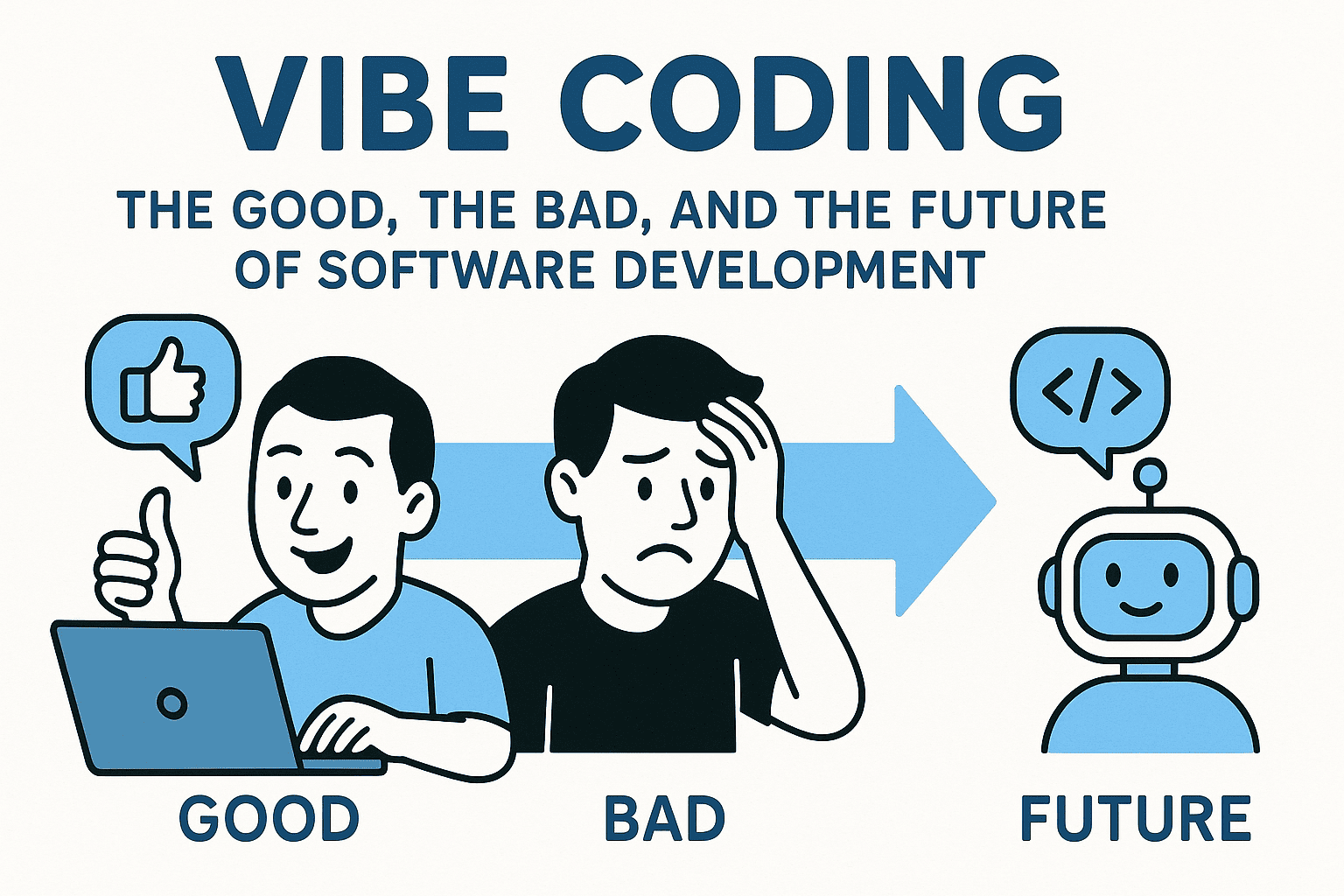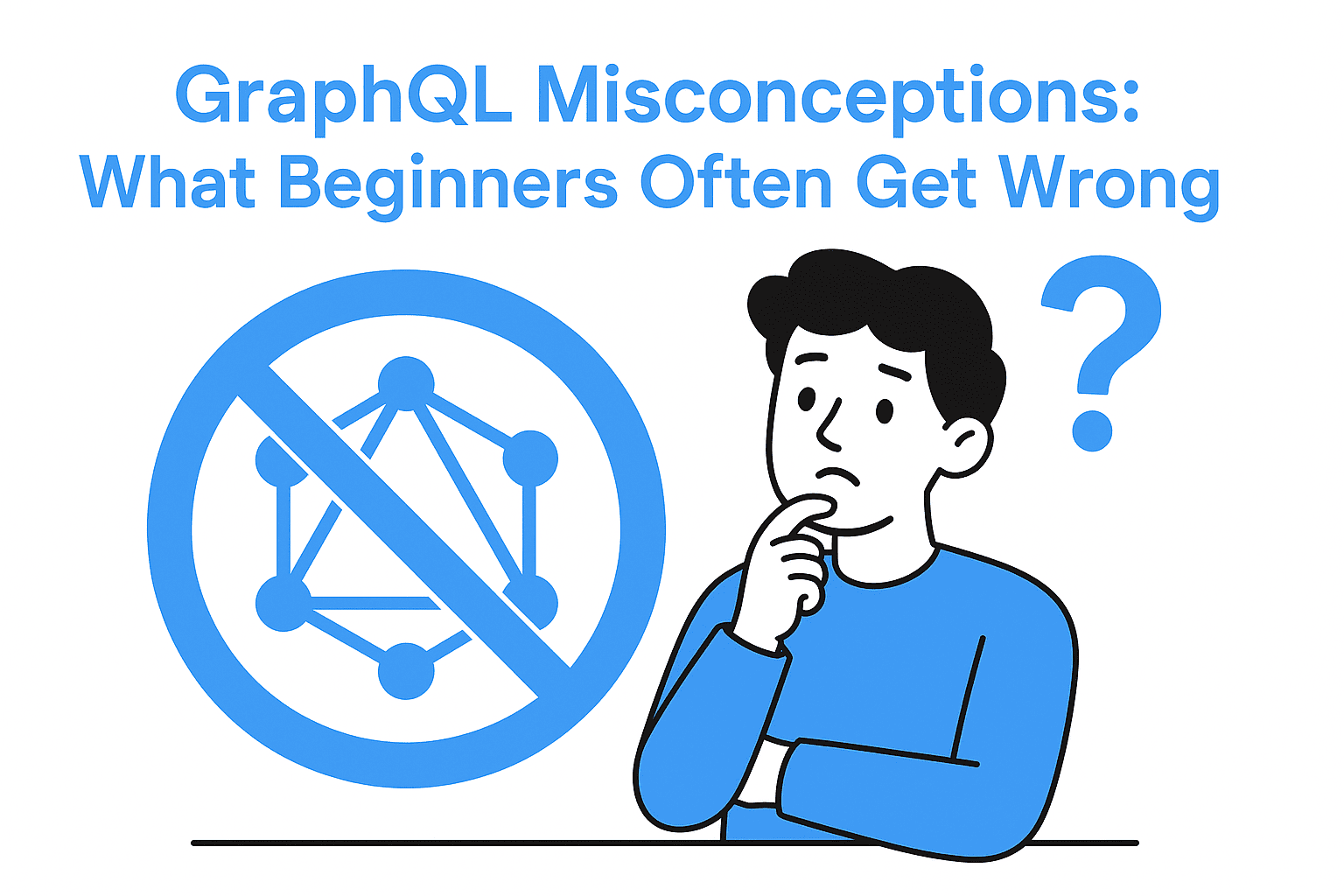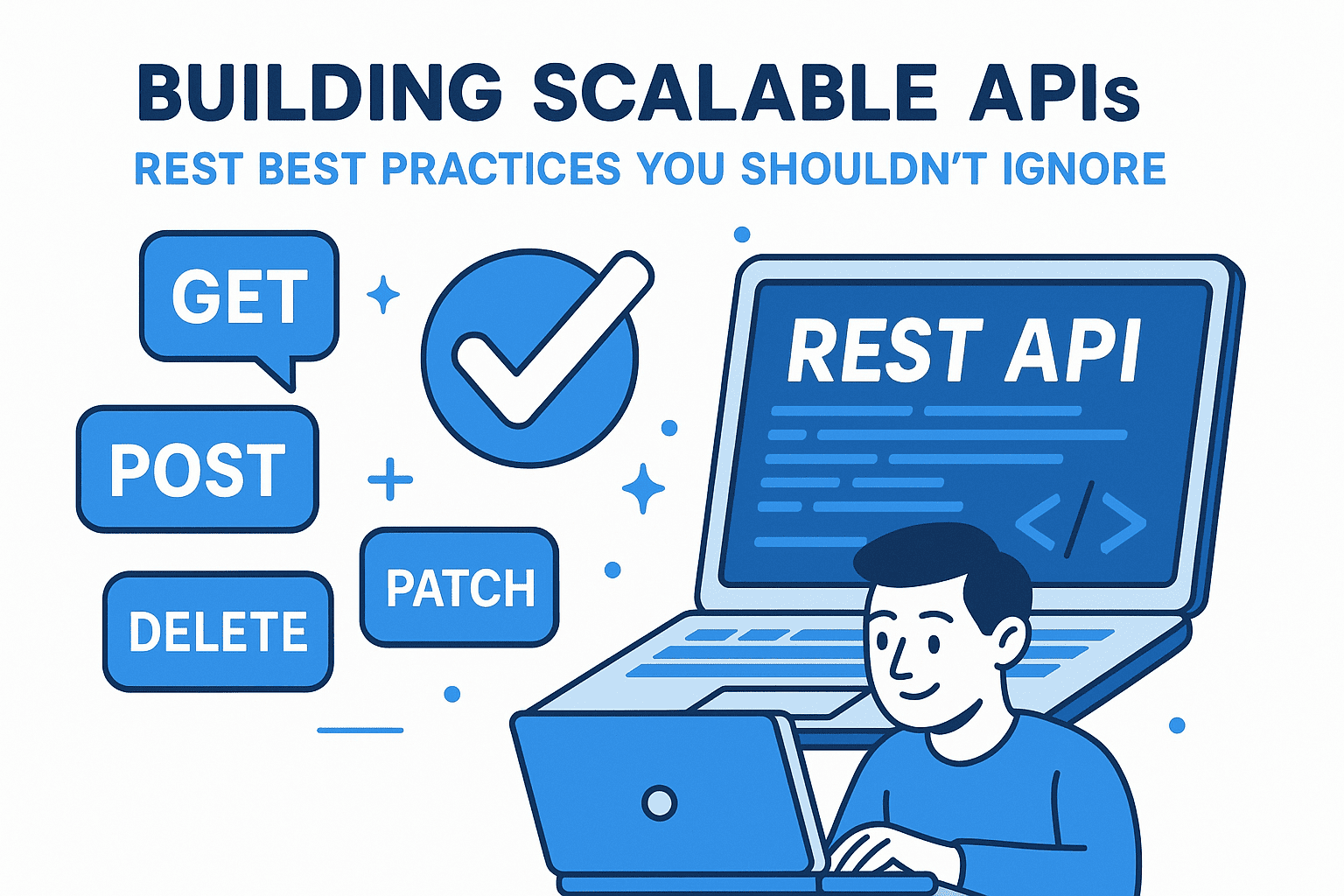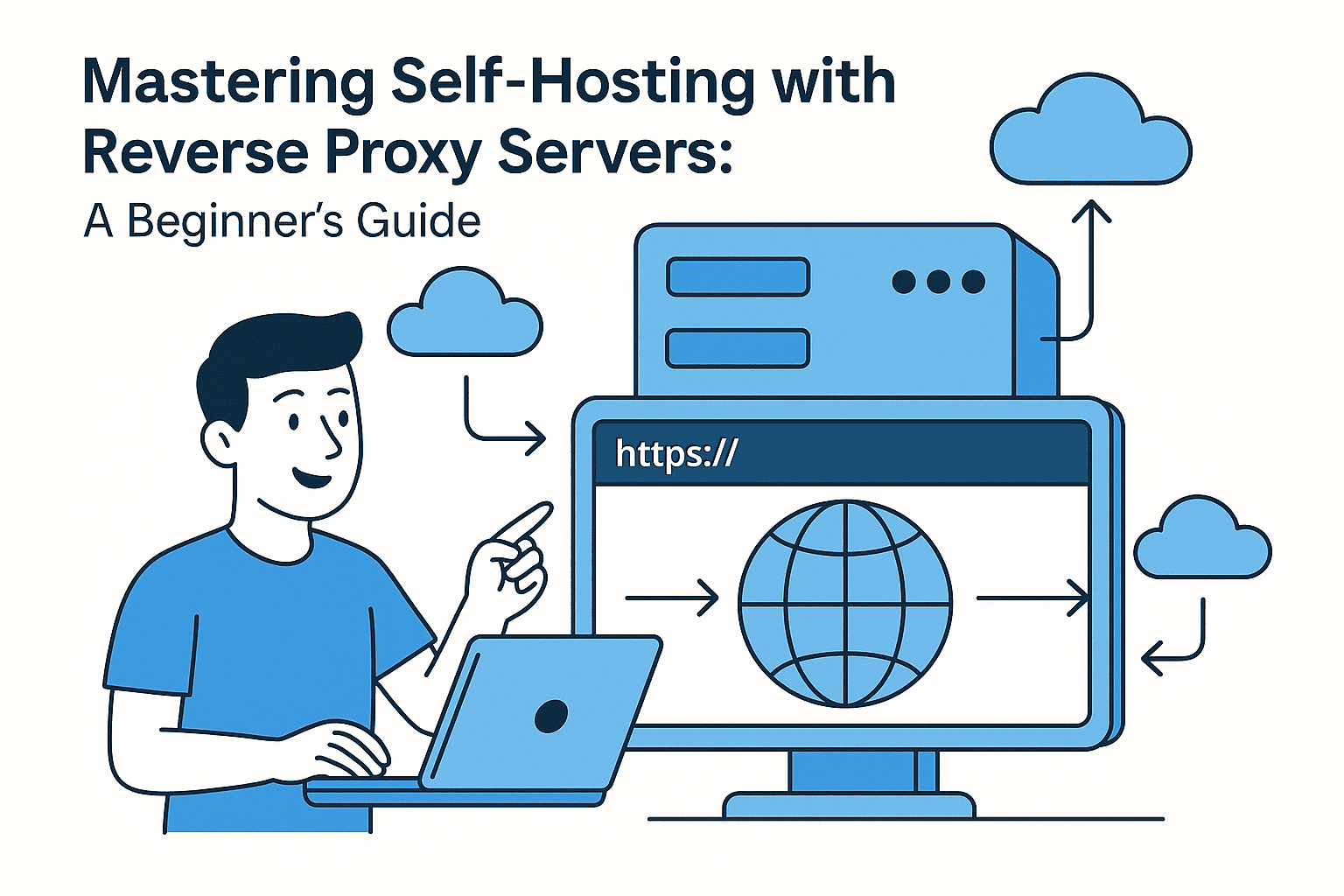In an era where artificial intelligence is reshaping nearly every industry, software development is no exception. Enter vibe coding, a new approach to coding that leverages large language models (LLMs) like ChatGPT, Claude, and others to generate code from natural language prompts. Instead of writing lines of code manually, developers describe their goals in plain English, and the AI does the rest. But what does this mean for software development? Let’s explore when vibe coding shines, and when it falls short.
What Is Vibe Coding?
Vibe coding is a collaborative process where developers act as “guides” to AI, using conversational prompts to describe desired functionality. For example:
“Create a Python script that fetches stock prices from Alpha Vantage and graphs them using Matplotlib.”
The AI then generates code, which developers test, refine, and iterate. Tools like Cursor, Windsurf (a VS Code fork), and online platforms like Replit enable this workflow, while voice input tools further streamline the process.
The Benefits of Vibe Coding
-
Speed and Efficiency
Automating repetitive or error-prone tasks allows developers to focus on high-level design. This is especially useful for prototyping, demos, or rapid iterations. -
Lower Barrier to Entry
Non-traditional coders or beginners can participate in development by focusing on what they want to build, rather than getting bogged down by syntax. -
Cost Savings for Quick Projects
For small-scale projects or testing, vibe coding can be more cost-effective than hiring a full development team. -
Creative Freedom
Developers can experiment with ideas without being constrained by coding specifics, fostering innovation.
The Risks of Vibe Coding
-
Security Vulnerabilities
AI-generated code may lack rigorous security checks, leading to potential exploits. For example, a prompt like “Build a login system” might inadvertently include insecure password handling. -
Debugging Challenges
If the AI’s output has bugs, troubleshooting can be tricky, especially for developers unfamiliar with obscure code patterns or the AI’s logic. -
Over-Reliance on AI
While useful for scaffolding, overusing vibe coding risks eroding developers’ ability to write or debug code manually. This could leave teams vulnerable in critical scenarios. -
Unpredictable Outputs
LLMs can misinterpret prompts, leading to code that’s functional but inefficient or even incorrect. For instance, a request for “a function to sort a list” might return a convoluted solution instead of a simplesort()call.
When Is Vibe Coding the Worst?
Vibe coding is not a one-size-fits-all solution. It’s not ideal for:
- Mission-critical systems requiring rigorous testing and compliance (e.g., financial or healthcare software).
- Complex algorithms where precision matters, as AI may struggle to replicate nuanced logic.
- Collaborative projects where multiple developers need to review and refine code manually.
The Balance: Embracing the Future with Caution
Vibe coding represents a paradigm shift in software development, offering tools to accelerate workflows and democratize coding. However, it’s not a replacement for human expertise. Success lies in using vibe coding as a complement to traditional methods—leveraging AI for what it does well (prototyping, scaffolding) while retaining human oversight for critical tasks.
As with any technology, the key is balance: harness the power of AI to spark creativity and speed up development, but never lose sight of the need for deep technical understanding. After all, in the world of code, a little human intuition goes a long way.
📌 Final Thoughts: Avoiding Common Pitfalls
GraphQL is a powerful tool, but it requires careful implementation. Beginners should avoid the following:
- Relying on REST patterns, adapt to GraphQL’s declarative style.
- Ignoring security and validation, always enforce permissions.
- Assuming performance is automatic, use tools like DataLoader for efficiency.
By understanding these misconceptions and learning to structure your GraphQL API thoughtfully, you’ll unlock its full potential for building scalable, flexible applications.
Happy coding! 🚀
🚀 Let’s build something amazing! If you have a project in mind or need help with your next design system, feel free to reach out.
📧 Email: safi.abdulkader@gmail.com | 💻 LinkedIn: @abdulkader-safi | 📱 Instagram: @abdulkader.safi | 🏢 DSRPT
Drop me a line, I’m always happy to collaborate! 🚀



